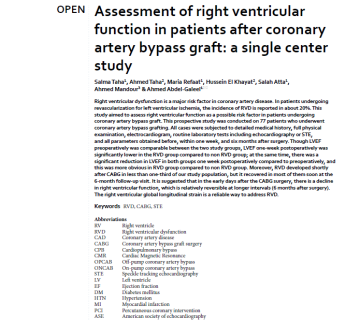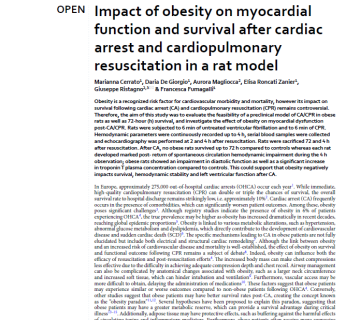Neutrophil-to-lymphocyte ratio (NLR), as a novel inflammatory marker, has been shown to be associated with the severity and prognosis of various cardiovascular diseases. The aim of this study was to investigate whether NLR can serve as a biomarker for adverse outcomes and prognostic value in patients with dilated cardiomyopathy (DCM). This was a retrospective analysis of 666 consecutive patients with DCM who were admitted to our center for the first time. We compared the NLR levels among different outcome groups and assessed the survival status of patients in different NLR categories. Additionally, we explored the temporal changes in the predictive performance of NLR over time. Cox regression analysis was used to assess the relationship between NLR and prognosis, and subgroup analysis was performed. Furthermore, we investigated the dose–response relationship between NLR and prognosis. A total of 221 patients experienced all-cause death, and the NLR value in the death group (4.6 ± 5.3) was significantly higher than that in the survival group (3.2 ± 2.9) (P < 0.05). In terms of all-cause death, cardiac death, and heart failure death, the cumulative hazard were significantly higher in the NLR ≥ 3 group compared to the NLR < 3 group (P < 0.001). NLR showed a high accuracy in predicting these outcomes, but decreased over time. The results of the multivariable Cox regression analysis demonstrated that NLR was independently associated with all-cause death, cardiac death, and heart failure death (P < 0.05). Higher NLR values were associated with an increased risk of death, while there was no significant correlation with sudden death. In the fully adjusted model, each increase of 1 or 1 standard deviation (SD) in NLR corresponded to a 5% and 20% increase in the risk of all-cause death, a 4% and 15% increase in the risk of cardiac death, and a 5% and 21% increase in the risk of heart failure death (P < 0.05). In the fully adjusted model with all-cause death as the outcome, there was an interaction between NLR and age (P = 0.023), and the elderly population at higher risk. For cardiac death and heart failure death, there was an interaction between NLR and LVEF (P < 0.05), with the subgroup of LVEF < 35% being at higher risk. The relationship between log2 (NLR) and the risk of all-cause death exhibited a J-shaped correlation, while it showed a linear correlation with cardiac death and heart failure death. There was a threshold effect between NLR and different outcomes. NLR is independently associated with a higher risk of death in patients with DCM. It can be used to assess high-risk patients and predict adverse outcomes, allowing for early intervention.




بدون دیدگاه